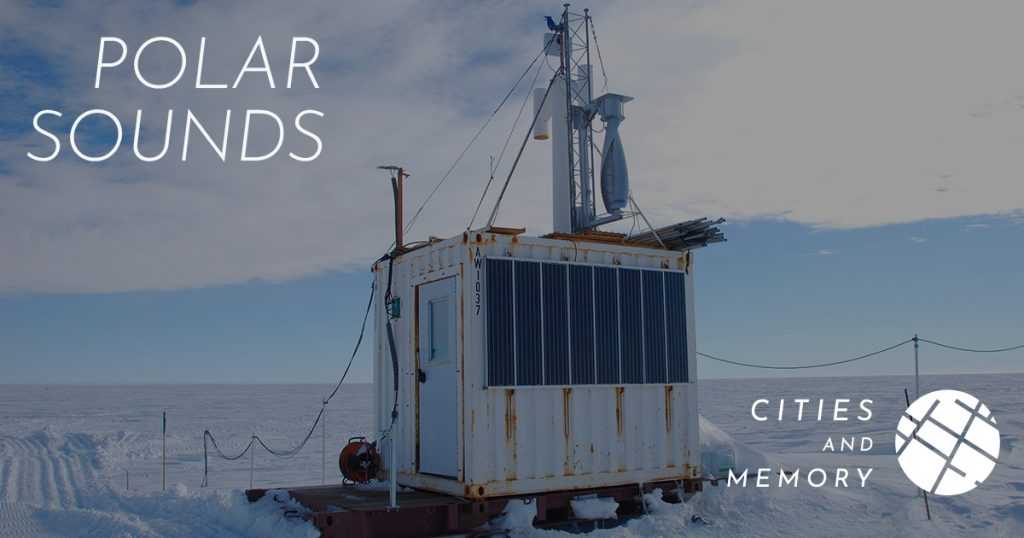Of all the sensory impressions, sound is the one that travels the farthest in the oceans. For this reason, acoustic methods are an important tool that researchers use to better understand the polar oceans and the biodiversity that exists within them. This is because the depth of the oceans alone, or ice cover, pushes optical observations to their limits. There, acoustic data can provide invaluable information about reproductive habits, migration patterns, and the negative impact of human-caused noise on the marine environment. So studying the soundscape of the seas reveals a lot about the state of the oceans.
“We asked ourselves, what can we do with this data other than analyze it scientifically? How can we share these otherworldly sounds with the rest of the world? These questions gave us the impetus for the Polar Sounds project.”
Dr. Geraint Rhys Whittaker, artistic researcher at HIFMB and project coordinator for Polar Sounds
Polar Sounds is an art-science collaboration in which sound artists from around the world were able to use 50 sound clips from the Arctic and Antarctic seas to create their own compositions. Nearly 300 artists from 45 countries applied for the opportunity to reinterpret these sounds.
The participants were allowed to compose something from various sound clips, these clips are composed of biological (sounds of marine mammals and other marine animals), geological (the melting and movement of glaciers) and anthropogenic sounds (human impact on the polar seas).
The works of 104 sound artists have now been published.
“The United Nations has declared 2021 to 2030 as the Decade of the Oceans, and it is imperative that we make important research about our oceans accessible to the general public,” explains Geraint Rhys. “What I particularly enjoyed about working on this project is the uniqueness of these sounds and how they can create an intuitive connection between us as humans and the ocean. The next step of the project will be to present these sounds in a traveling exhibition.” A selection of the pieces will be presented during the HIFMB Symposium in Oldenburg in the summer of 2023, and other locations will be announced on the HIFMB website as they are determined.
It was also an exciting project from a scientific perspective. Dr. Ilse van Opzeeland is one of the leading scientists in the Ocean Acoustics Group at AWI who, together with her research group, compiled the recordings.
“The soundscapes we are recording in the polar oceans are breathtaking in terms of the new scientific insights they provide since we started our passive acoustic monitoring. A ‘translation’ through art breathes new life into our scientific data that goes beyond a traditional publication or policy paper by making it accessible to non-scientists. We must make the greatest effort to protect, conserve, and restore our planet’s endangered habitats. The interaction of art and science can help by creating awareness and attention to this.”
Dr. Ilse van Opzeeland
But can an artistic approach to scientific issues and objects do more? The participating scientists, Geraint Rhys Whittaker, Prof. Kimberley Peters and Dr. Ilse van Opzeeland, are conducting qualitative interviews with participating artists. In this way, they aim to explore the extent to which art reveals innovative and marginalized perspectives that would otherwise remain unexplored, and how artists approach the creative interpretation of scientific data – opening up new avenues of dialogue between art and science.
As part of the Polar Sounds project, the Helmholtz Institute for Functional Marine Biodiversity at the University of Oldenburg (HIFMB) and the Alfred Wegener Institute, Helmholtz Centre for Polar and Marine Research (AWI) are collaborating on one of the world’s largest sound projects, Cities and Memory.

